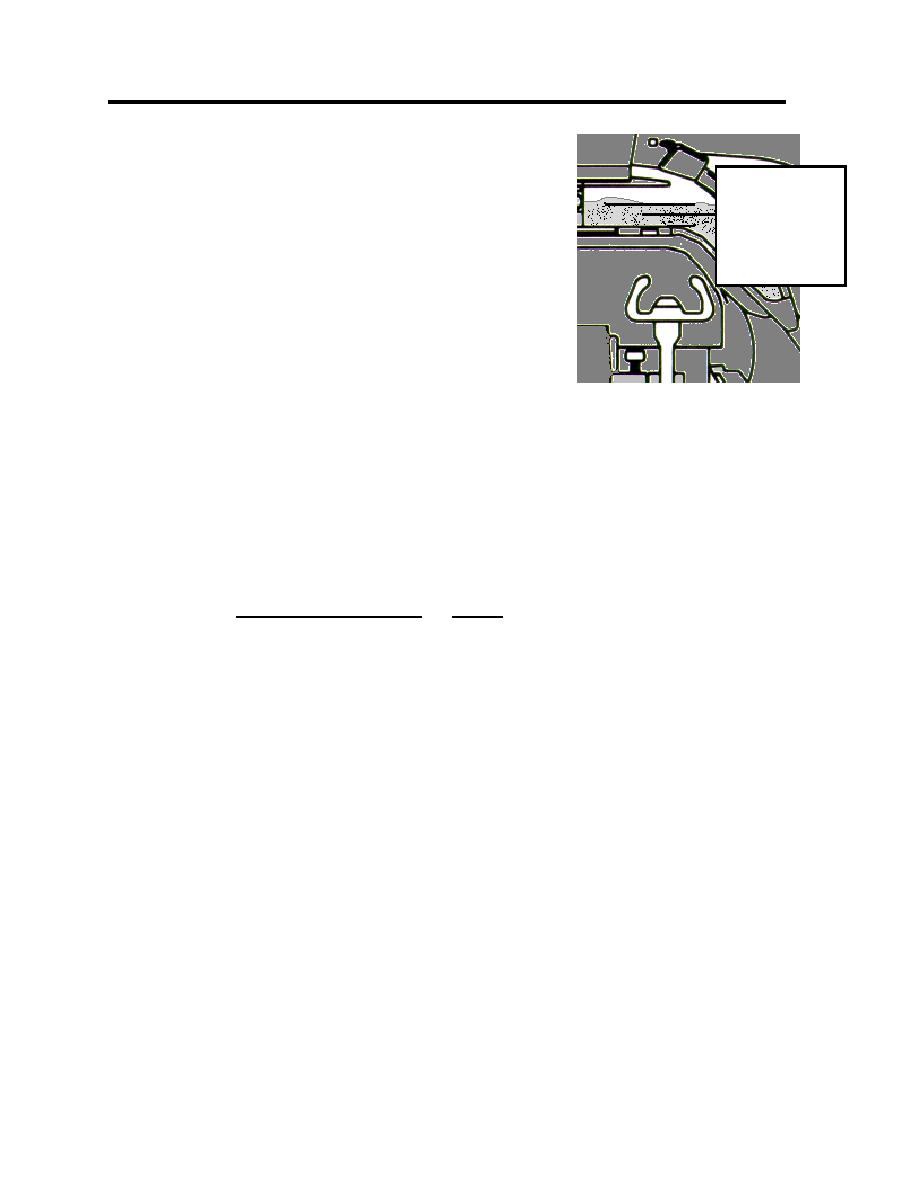 |
|||
|
|
|||
|
|
|||
| ||||||||||
|
|  STUDENT GUIDE
VISUAL NAVIGATION
7.6.5.1. On course, on heading.
7.6.5.2. On heading, abeam.
7.6.5.3. Turning on the updated time (turn point not in sight).
dist. from
7.6.6. A final note on visual fixing involves a visual guide for
horizon to
measuring distances in the T-1. At 500 feet AGL, a feature
Aircraft = 5nm,
five miles (1-minute) ahead of the aircraft will appear half way
Horizon is
between the horizon and the top of the instrument shroud
15nm away.
panel, and the horizon is approximately 15NM away (3
minutes). (See fig. 7-3)
7.7. ANALYZE
Figure 7-3
7.7.1. Track analysis provides accurate wind information
already separated into components, easing the task of compensation. However, this method of
wind analysis can require more time and concentration--until proficiency is gained. The
methods of wind computation via track analysis are nearly identical to those used in T-34
navigation, with only minor changes due to increased aircraft speed. With the Fix completed, the
analysis begins with crosswind computation:
7.7.1.1. Crosswind Computation
7.7.1.1.1. The basic cross wind formula, introduced in VNAV Unit 5 does not include
any reference to air or ground speed.
Distance off course (NM) X 60 min = Crosswind (kts)
approx. time flown (min)
hr
7.7.1.2. For the above equation, note that both "Distance off course (NM)" and "approx. time
flown (min)" are with respect to the last fix. Also, because this equation is independent of ground
or air speed, it works for T-34s, T-1s, and T-39s as well as F-15s, EA-6Bs and F-14s. Crosswind
is simply the velocity the aircraft is traveling left or right of course. What if the "approx. time
flown (min)" is equal to 6 minutes? Then the equation becomes:
Distance off course X 10 = Crosswind (kts) :(6 minutes)
For 4 and five minutes, the equations become:
Distance off course X 15 = Crosswind (kts) :(4 minutes)
Distance off course X 12 = Crosswind (kts) :(5 minutes)
7.7.1.3. Using the five minute rule learned in T-34 VNAV, for time intervals between 4 and 6
minutes the "5 Minute" rule or equation may be used. However, from the equations above we
see that for time intervals closer to 6 minutes we should round down (or multiply by ten rather
than 12) and for time intervals closer to four minutes, rounding up is more accurate (or
multiplying by 15 rather than 12). Also, for time intervals of 2 to 3 minutes, the error may be
doubled along with the time interval to m0ake computation easier:
EXAMPLE 7-1: After three minutes of flight, a fix reveals the aircraft is NM left of course.
7-5
|
|
Privacy Statement - Press Release - Copyright Information. - Contact Us |